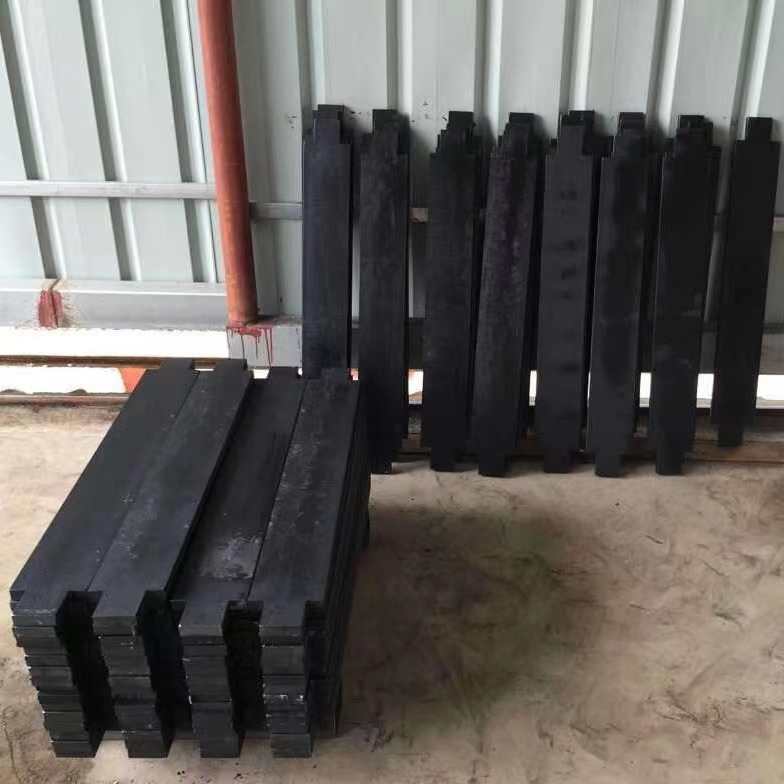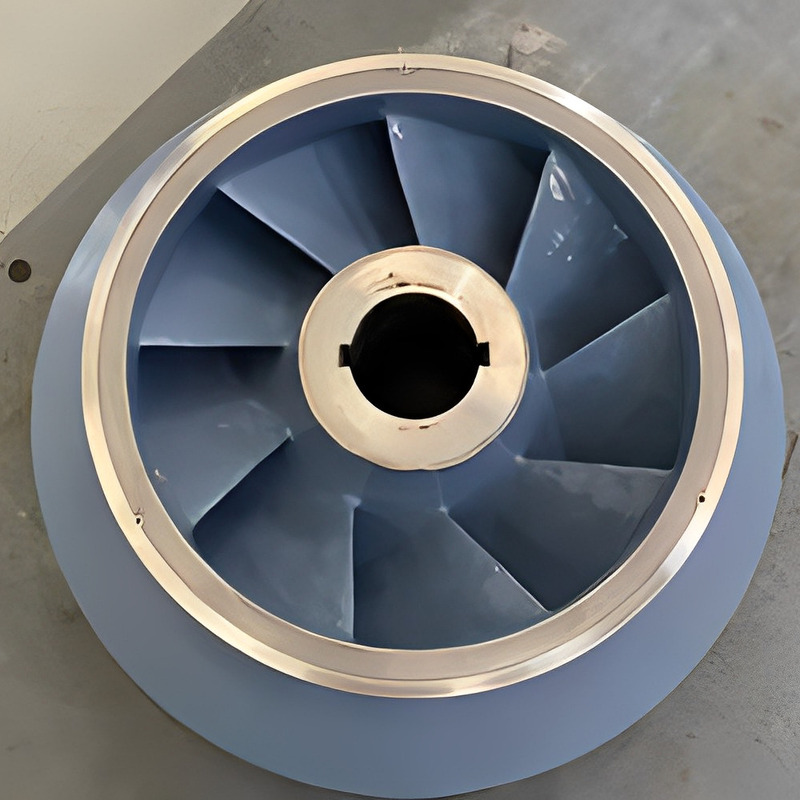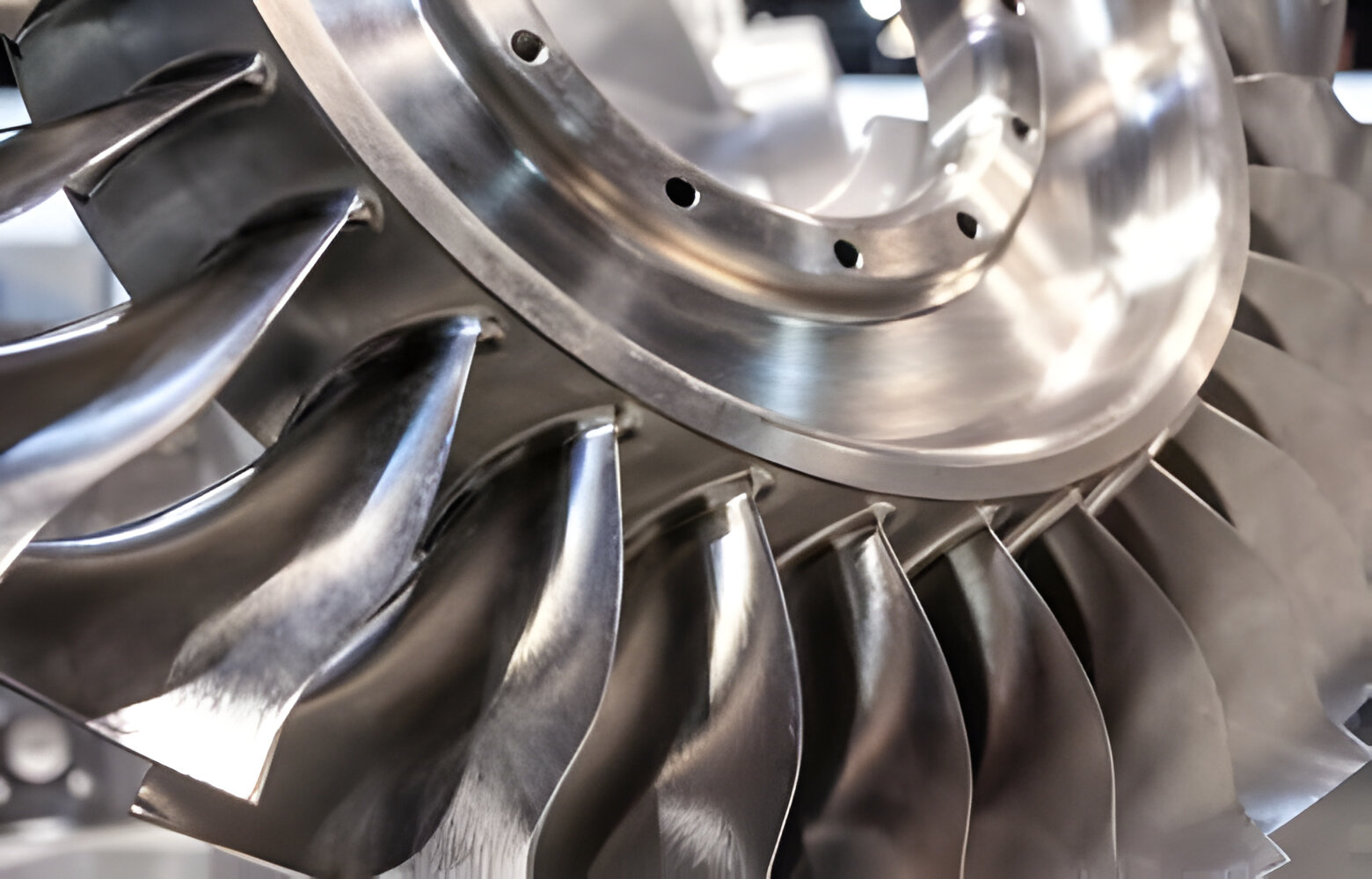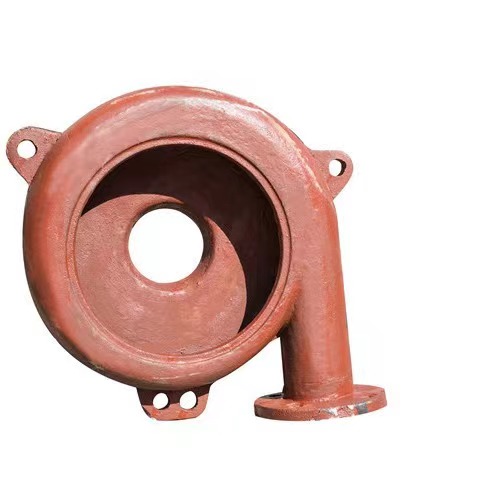Elevators have become an indispensable aspect of modern urban life, enabling efficient vertical transportation in buildings of all sizes. But have you ever wondered about the mechanisms that make elevators safe and reliable? Among the critical components that ensure smooth operation are counterweights. In this article, we delve into the significance of elevator counterweights, their role in maintaining balance, and how they contribute to the overall efficiency and safety of elevator systems.
1. Elevator Counterweights: Balancing the Load
At the heart of every elevator system lies the principle of balance. Elevators are designed to move passengers and cargo between floors effortlessly, and achieving this requires precise balance between the car and its counterweight. Counterweights are typically installed on the opposite end of the elevator car, connected by cables that pass over a system of pulleys. These counterweights serve a crucial purpose: they offset the weight of the elevator car and its occupants, ensuring that the motor doesn't have to bear the full load during ascents and descents.
2. Enhancing Efficiency with Counterbalance Elevators
Counterweight elevators, also known as counterbalance elevators, are among the most common types of elevators used in commercial and residential buildings. These elevators rely on the principle of counterbalance to operate efficiently. By utilizing a counterweight that equals or exceeds the weight of the elevator car when fully loaded, these systems minimize the amount of power needed to move the car up and down. As a result, counterbalance elevators consume less energy and offer smoother rides compared to their non-counterweighted counterparts.
3. Elevator Counterweight Weight: Finding the Optimal Balance
The weight of the counterweight is a critical factor in ensuring the proper functioning of an elevator system. Design engineers meticulously calculate the weight of the counterweight to achieve the desired balance between the car and the counterweight. This involves considering factors such as the maximum capacity of the elevator, the weight of the car itself, and the average load it is expected to carry. By striking the right balance, elevator manufacturers can optimize the performance of their systems, minimizing energy consumption and reducing wear and tear on components.
4. Safety Measures and Elevator Counterweights
In addition to enhancing efficiency, counterweights play a crucial role in ensuring the safety of elevator passengers. By offsetting the weight of the car, counterweights help prevent the elevator from becoming imbalanced, which could lead to malfunctions or accidents. Moreover, modern elevator systems are equipped with multiple safety features, including overspeed governors and emergency braking systems, to further mitigate risks. By maintaining proper balance through the use of counterweights, elevator manufacturers can uphold stringent safety standards and provide peace of mind to building occupants.
5. Elevator Counterweights: A Testament to Engineering Ingenuity
The evolution of elevator technology over the years has been driven by a relentless pursuit of innovation and efficiency. Counterweights represent a prime example of engineering ingenuity, enabling elevators to operate reliably and safely in buildings of all shapes and sizes. As urbanization continues to reshape our cities, the demand for vertical transportation solutions will only grow. Elevator manufacturers and suppliers must continue to refine their designs and incorporate cutting-edge technologies to meet the evolving needs of their customers.
In conclusion, elevator counterweights are indispensable components that contribute to the efficiency, safety, and reliability of elevator systems. By carefully balancing the weight of the car, these counterweights enable smooth vertical transportation while minimizing energy consumption and enhancing passenger safety. As the demand for vertical transportation solutions continues to rise, elevator manufacturers must prioritize innovation and quality to meet the needs of a rapidly changing urban landscape.






